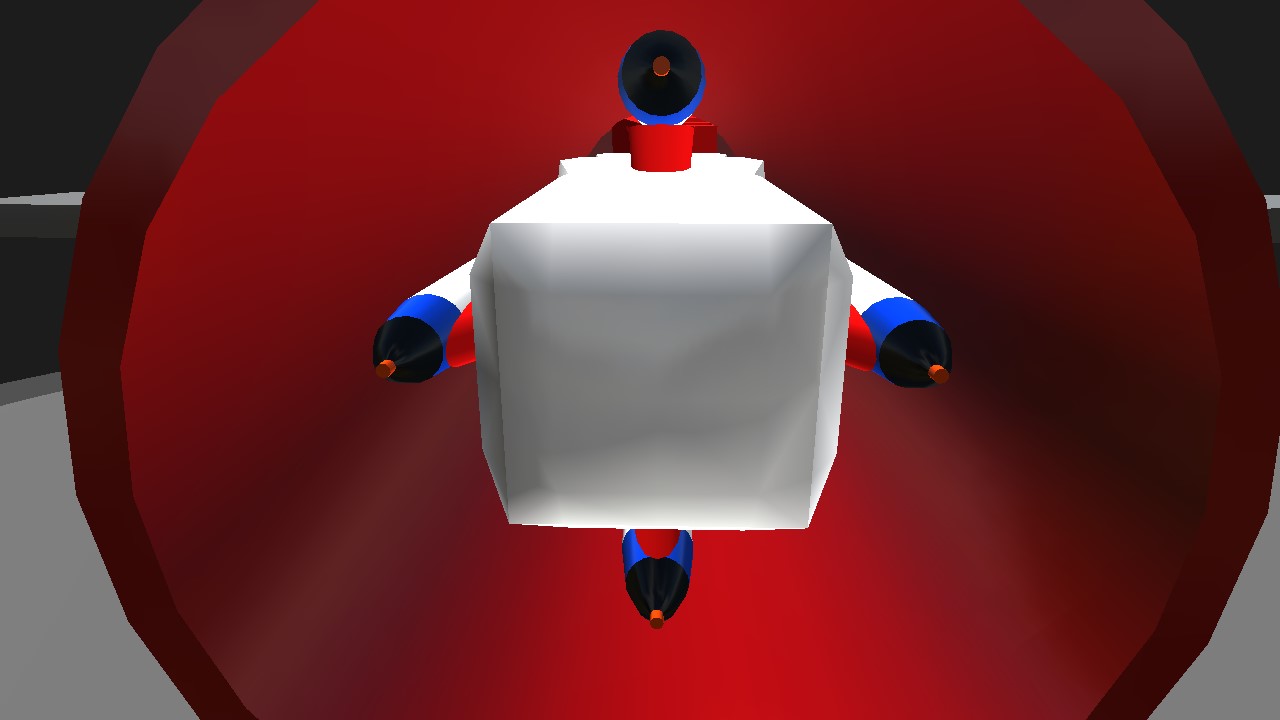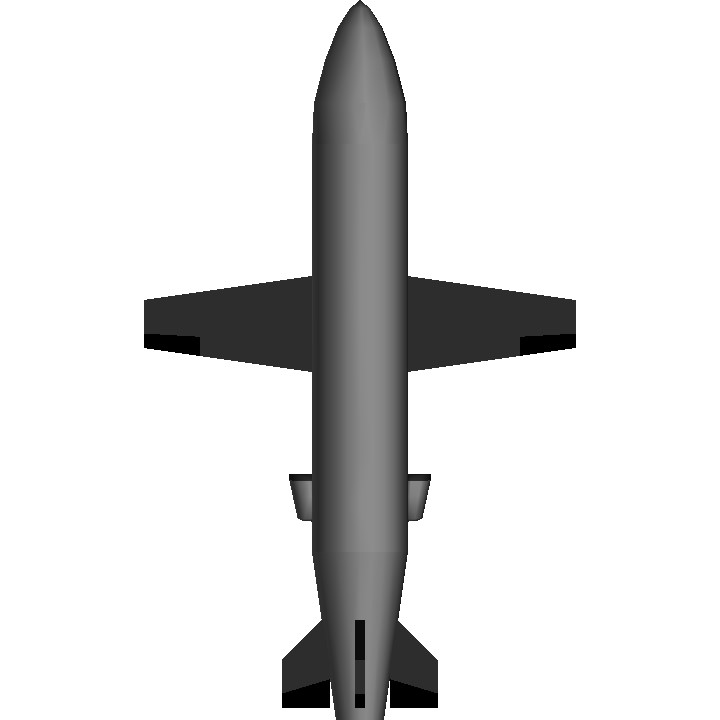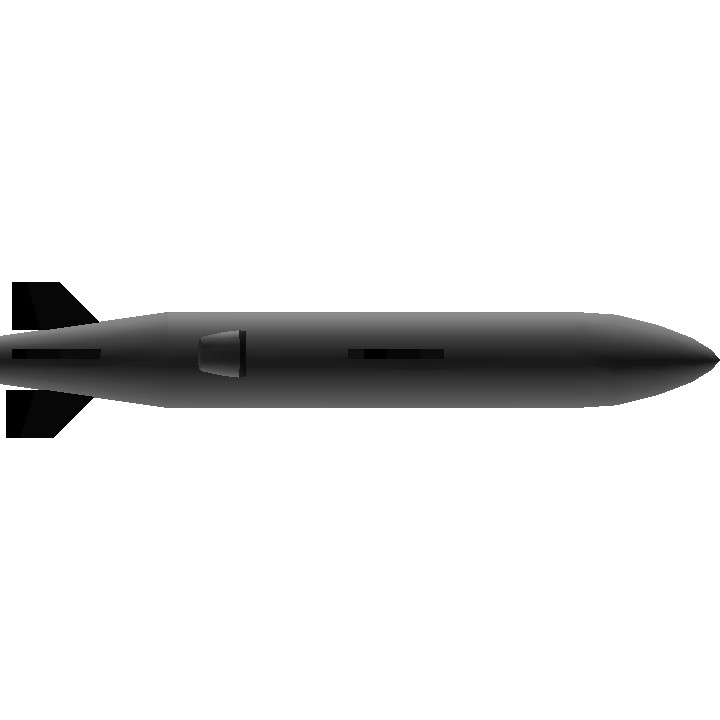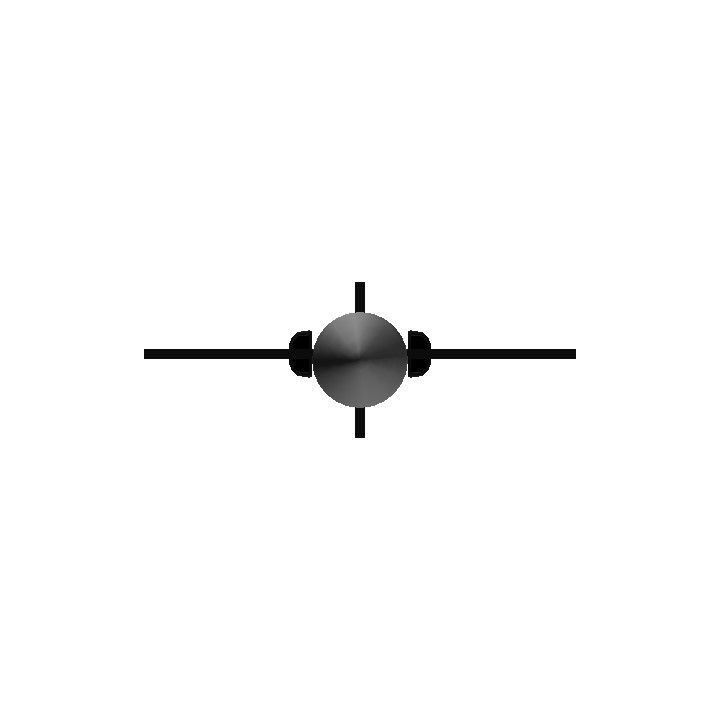No Tags
This is a weapon that is normally launched vertically from a warship, this version of it however is improved and can be air dropped from an aircraft, it also has 4 torpedoes instead of just 1, just remove cockpit and make a sub assembly. Default controls, AG8 off for better turning, AG8 on for target approach, within 2 miles of target lead it slightly and reduce throttle to 0, press AG1 and switch to torpedo camera.
Specifications
Spotlights
- Theflyingtrex 4.6 years ago
General Characteristics
- Created On Mac
- Wingspan 14.5ft (4.4m)
- Length 24.6ft (7.5m)
- Height 5.1ft (1.5m)
- Empty Weight N/A
- Loaded Weight 3,403lbs (1,543kg)
Performance
- Power/Weight Ratio 3.301
- Wing Loading 76.7lbs/ft2 (374.3kg/m2)
- Wing Area 44.4ft2 (4.1m2)
- Drag Points 840
Parts
- Number of Parts 31
- Control Surfaces 6
- Performance Cost 159






ty